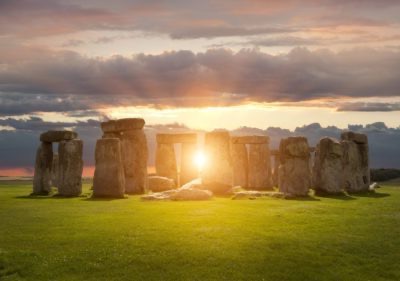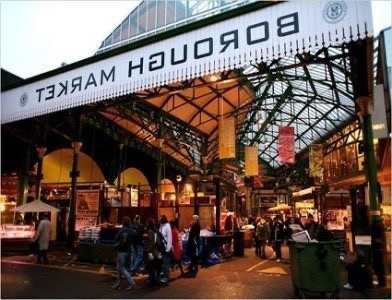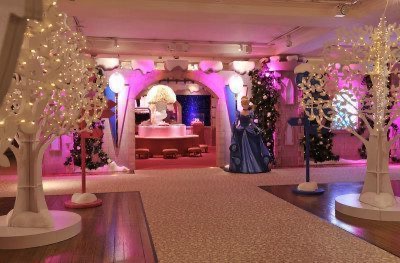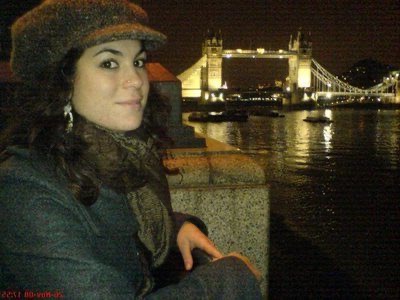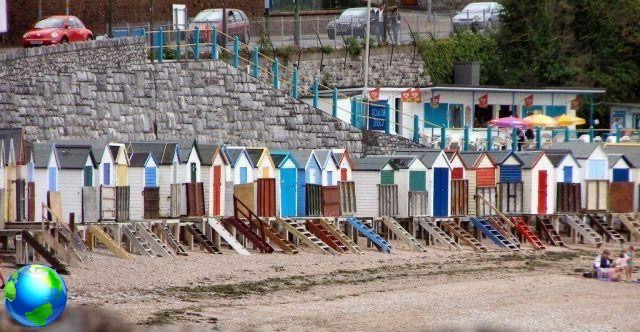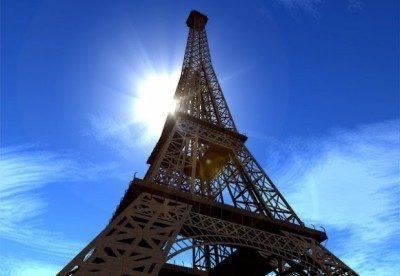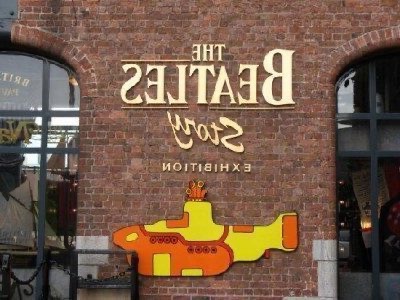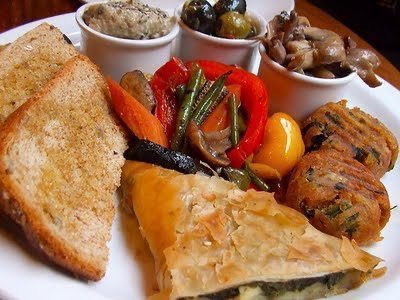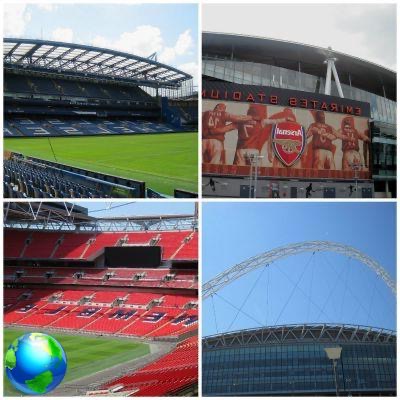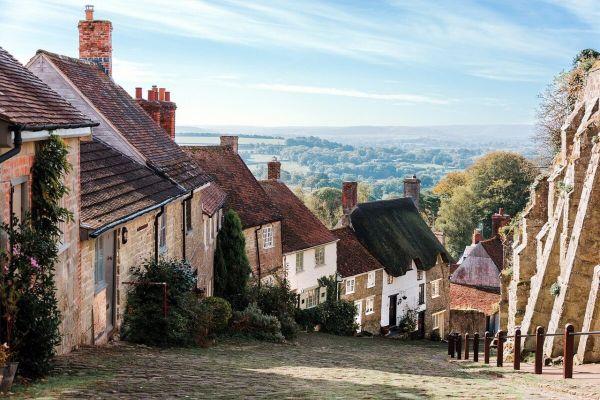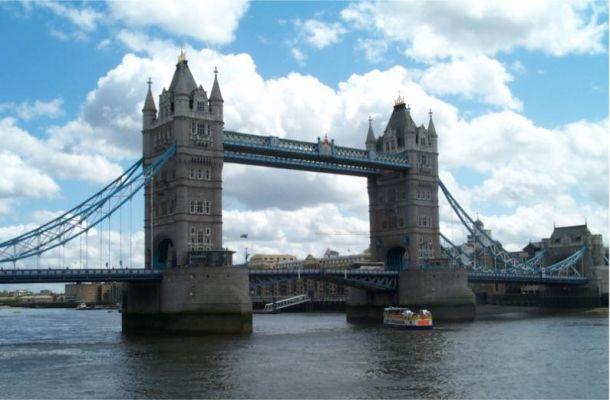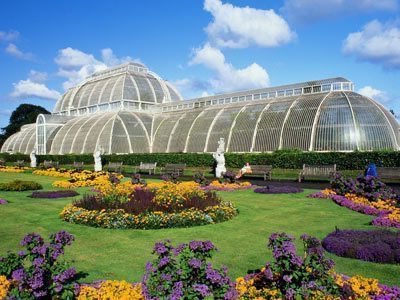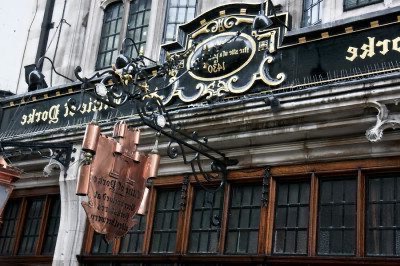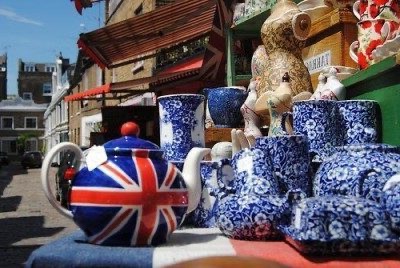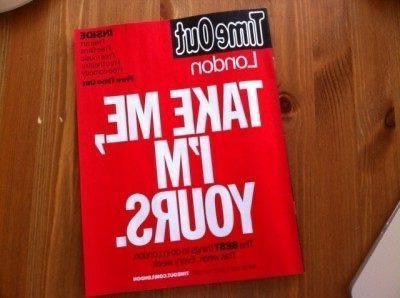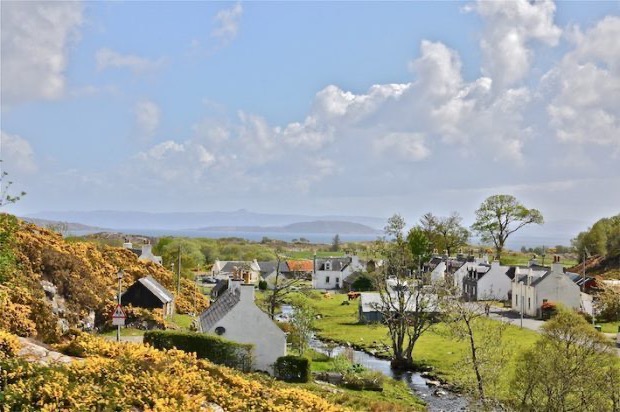The City of London hides many beauties, especially architectural ones that can be discovered with a single walk. Here is a guide to London's skyscrapers.
In the last few years London it has been enriched with tall skyscrapers that have changed the skyline of the city.
They are concentrated in the eastern part of the urban agglomeration, a part on the south bank and a part on the north bank of the Thames, not far from Tower Bridge.

The most famous of these skyscrapers is The Shard, or "shard of glass," designed by Renzo Piano, 310 m high which with its 87 floors and its narrow tip dominates the British capital. It is located in the Southwark district which was, until a few years ago, considered peripheral, while now it has become a lively London area, a place of business, but also of art and culture, being close to the Tate, the Globe Theater of Shakespeare and the Design Museum, as well as a place of social life as there are many multi-ethnic pubs and restaurants.

Not far from The Shard is the building that houses the London City Hall: the City Hall. Inaugurated in 2002, it is located in a redeveloped pedestrian area, with great traffic and where a small amphitheater has also been built in which, in summer, concerts and free performances are held.
Crossing the Tower Bridge, the most famous bridge in London, we move to the City, where the financial and economic district of the city is located, one of the most important in the world, with several buildings where businessmen and bankers meet every day. Located between the river and Liverpool Street, there are several buildings. The most famous of these is found at 30 St Mary Ax and it's the Swiss Re Tower or "The Gherkin”(The gherkin), as it is commonly called by Londoners for its tapered shape. If you are a movie fan I would like to point out that the scenes of Chris Wilton's office in the film were shot in this building "Match Point" by Woody Allen.

Next to this skyscraper there are others: the Tower 42, so called for the number of its floors, the Leadenhall Building, still under construction in the shape of a wedge and destined to reach 48 floors in height and "The Pinnacle" (spiral) so called for its tapered shape, looks like a sheet that curls up on itself, which is also still nearing completion. In Lime Street you can see the Lloyd's Building built in the 80s to a design by architect Richard Rogers, that of the Center Pompidou in Paris, a high-tech building in which steel prevails over glass, unlike the more modern ones in where glass is the predominant element on the facade.

In the area there are also shops, pubs, as well as churches and the London Main Synagogue in Bevis Maker, built in 1701 by Jews who escaped the Spanish Inquisition, and can be visited inside.
London is a dynamic city, in constant evolution, where buildings are the mirror of change and where it is possible to admire, every year, the urban and cultural transformations of a great metropolis.





